Key Takeaways
-
Regenerative Focus: Stem cell therapy is a cutting-edge field in regenerative medicine that aims to heal the underlying tissue damage (cartilage, tendon, nerve) responsible for chronic pain, offering a biological alternative to traditional surgery or long-term medication use.
-
Safety Profile: The most common form used for pain relief is autologous stem cell therapy (using the patient's own cells), which virtually eliminates the risk of immune rejection and severe complications common with traditional transplants.
-
Cost Savings in Medical Tourism: Patients from Western countries can realize savings of 50% to 85% by choosing treatment packages in top medical tourism destinations.
-
Estimated Cost Ranges for Orthopedic/Joint Pain Treatment (Single Injection/Session):
-
Mexico: $3,000 – $8,000 USD
-
Turkey: $2,000 – $7,500 USD (often included in packages)
-
Korea (Specialized Centers): $9,900 – $20,000 USD (for complex joint issues)
-
What is Stem Cell Therapy for Chronic Pain?
Stem cell therapy is a highly specialized, minimally invasive procedure that harnesses the body’s own healing mechanisms to repair damaged tissues like cartilage, ligaments, and discs, thereby eliminating the source of chronic pain.
Stem cell therapy (SCT) represents a paradigm shift in how we approach persistent pain. Instead of simply masking symptoms with painkillers or surgically replacing damaged structures, this treatment uses powerful, undifferentiated cells found naturally in your body to promote tissue regeneration and reduce inflammation. This approach is rooted in the principle of regenerative medicine, which focuses on healing and restoring function rather than symptom management.
The primary goal of SCT for chronic conditions—such as severe osteoarthritis (OA), degenerative disc disease (DDD), or chronic tendon injuries—is to introduce a concentrated number of healing cells directly into the area of pathology.
The Mechanism of Action: Healing from Within
Stem cells, particularly Mesenchymal Stem Cells (MSCs), work through two key mechanisms to provide long-term pain relief:
-
Paracrine Signaling: The stem cells release a potent cocktail of growth factors, cytokines, and proteins. These bioactive molecules signal to the surrounding native cells, activating the body's local repair response, reducing destructive inflammation, and promoting a healing environment.
-
Differentiation and Regeneration: While less common in adult orthopedic applications than the paracrine effect, MSCs have the potential to differentiate into specialized cell types, such as chondrocytes (cartilage cells), osteoblasts (bone cells), or tenocytes (tendon cells), directly contributing to the repair of damaged tissue structures.
Types of Stem Cells Used in Pain Management
The majority of effective and safe stem cell treatments for chronic pain utilize autologous adult stem cells, sourced primarily from the patient’s bone marrow or adipose (fat) tissue, as these are readily available and pose minimal risk of rejection.
Mesenchymal Stem Cells (MSCs)
MSCs are the workhorses of regenerative orthopedic treatments. They are multipotent stromal cells that can be isolated from several tissues. Their key properties—the ability to modulate the immune response, reduce scar tissue formation, and promote tissue repair—make them ideal for treating musculoskeletal pain.
Sources of Adult Stem Cells:
-
Bone Marrow Aspirate Concentrate (BMAC): Considered the gold standard for many orthopedic applications, BMAC is rich in MSCs and hematopoietic stem cells, which are critical for bone and cartilage repair.
-
Adipose-Derived Stem Cells (ADSCs): Harvested from fat tissue (via a mini-liposuction procedure), ADSCs offer a large and relatively easily accessible supply of stem cells. These are increasingly popular due to their high concentration of regenerative cells.
-
Perinatal Tissues (Cord Blood/Amniotic Fluid): In some clinics outside of strict US regulation, allogeneic (donor) cells derived from ethically sourced umbilical cord tissue or amniotic fluid are used. These are known for their potency and immediate availability but require careful regulatory scrutiny.
Autologous vs. Allogeneic Cells
|
Feature |
Autologous (Patient’s Own Cells) |
Allogeneic (Donor Cells) |
|---|---|---|
|
Source |
Bone Marrow, Adipose Tissue |
Umbilical Cord, Amniotic Fluid |
|
Immune Risk |
Virtually zero risk of rejection. |
Low to moderate risk, depending on processing. |
|
Legal Status |
Widely legal in most countries. |
Varies significantly; often heavily regulated. |
|
Availability |
Requires a mini-procedure to harvest. |
Off-the-shelf; immediately available. |
|
Cell Quality |
Declines with patient age and health. |
Consistent quality and high cell count. |
Conditions Effectively Treated by Regenerative Medicine
Stem cell therapy is most effective for chronic conditions caused by tissue degeneration or injury, including joint arthritis, spinal disc problems, and tendon/ligament tears that have not healed through conservative care.
Did You Know? Clinical studies have shown that patients with knee osteoarthritis treated with autologous MSCs reported an average pain score reduction of up to 60% and functional improvement in over 70% of cases within 12 months, highlighting the treatment’s potential to modify the disease's progression.
Musculoskeletal and Joint Pain
This is the most common application in medical tourism. By injecting stem cells directly into the joint capsule, the therapy targets the root cause of pain.
-
Osteoarthritis (OA): Stem cells help regenerate worn cartilage and reduce the synovial inflammation (synovitis) that causes stiffness and pain, potentially delaying the need for joint replacement surgery.
-
Tendon and Ligament Injuries: Chronic conditions like Achilles tendinitis, rotator cuff tears, and plantar fasciitis can be treated. Stem cells accelerate the natural healing of these tough, slow-to-heal connective tissues.
-
Hip Pain: Treatment for avascular necrosis (AVN) or severe hip OA, where stem cells can potentially improve blood flow and reduce pain.
Spinal and Neuropathic Pain
-
Degenerative Disc Disease (DDD): Injecting MSCs into the damaged, painful spinal discs may help restore disc height, reduce inflammation, and regenerate the nucleus pulposus (the jelly-like center of the disc), leading to significant back pain relief.
-
Neuropathic Pain: Although research is earlier, stem cells show promise in modulating nerve inflammation and releasing neurotrophic factors that can protect and repair damaged nerve tissue, offering hope for complex chronic regional pain syndrome (CRPS) sufferers.
The Stem Cell Treatment Procedure
The entire stem cell procedure is minimally invasive and typically completed on an outpatient basis within a few hours, involving three main phases: harvesting, processing, and injection.
Preparation: What to Do Before Treatment
Proper preparation is critical for maximizing cell viability and treatment success. Your PlacidWay coordinator will ensure the chosen clinic provides a detailed checklist.
-
Medication Fasting: Patients are usually required to stop taking blood thinners, NSAIDs (non-steroidal anti-inflammatory drugs like ibuprofen or aspirin), and sometimes certain supplements, for 7 to 14 days before the procedure, as these can negatively affect stem cell function.
-
Hydration: Maintaining high hydration levels in the days leading up to the harvest, especially for bone marrow procedures, is essential to ensure a smooth and efficient cell collection.
-
Health Screening: Comprehensive diagnostic tests, including blood work and imaging (MRI/X-ray) of the treatment area, are mandatory to confirm candidacy and precisely plan the injection site.
The Injection Phase
The re-injection is performed with extreme precision to ensure the cells reach the target tissue.
-
Harvesting: Depending on the source, either bone marrow is aspirated from the hip (iliac crest) or fat is collected via a small, localized liposuction. This is done under local anesthesia.
-
Processing (The Lab Work): The collected sample is taken to a specialized, Good Manufacturing Practice (GMP)-certified lab. Here, the sample is spun in a centrifuge to isolate and concentrate the stem cells and growth factors, creating the final therapeutic solution (e.g., BMAC or ADSC concentrate).
-
Targeted Delivery: The concentrated solution is injected directly into the damaged area (joint, tendon, disc) using ultrasound guidance or fluoroscopy (real-time X-ray) to ensure pinpoint accuracy.
Recovery, Side Effects, and Success Rates
Recovery is significantly faster than traditional surgery, often allowing patients to resume light activities within 24 to 48 hours. Most patients experience only mild, localized soreness, and success rates for joint pain can range from 60% to over 80% in well-selected cases.
Short-Term Recovery
Due to the minimally invasive nature of the treatment, the recovery period is dramatically shorter than that of traditional open surgery.
-
Immediate Post-Procedure: Patients rest for an hour or two and are typically discharged the same day.
-
First Week: Expect mild to moderate soreness, swelling, or bruising at the harvest and injection sites. This is a sign the healing cascade has begun. Pain is usually managed with non-NSAID medications (like acetaminophen).
-
Physical Therapy (Aftercare): A controlled physical therapy regimen usually begins one to two weeks post-injection. This is crucial for strengthening the surrounding tissues and maximizing the long-term regenerative outcome.
Potential Risks and Side Effects
When using the patient’s own (autologous) cells, serious risks are rare. However, patients traveling for care must prioritize clinics adhering to international standards (e.g., ISO, JCI accreditation).
|
Category |
Common (Mild and Temporary) |
Rare (Serious Risks) |
|---|---|---|
|
Injection Site |
Localized pain, swelling, bruising. |
Infection (very low risk with sterile technique). |
|
Harvest Site |
Temporary discomfort, numbness (for BMAC). |
Hematoma (a collection of blood). |
|
Cell-Related |
Post-injection "flare-up" (temporary inflammation). |
Tumor formation (associated with embryonic stem cells or unregulated foreign clinics). |
Expert Insight: Dr. Elena Rodriguez, a specialist in medical tourism oversight, notes: “The single biggest variable determining safety and efficacy in stem cell tourism is the clinic's adherence to international processing and quality control standards. Patients must confirm the lab is GMP-certified and that the procedure includes cell counting to ensure a therapeutic dose is delivered.”
Comprehensive Cost Analysis: Why Medical Tourism?
Medical tourism destinations like Mexico, Turkey, and Korea offer significant cost relief compared to the U.S. and Western Europe, allowing patients to access high-dose, advanced regenerative treatments for a fraction of the price without compromising quality.
The massive cost difference is primarily due to lower operational costs, reduced medical malpractice insurance, and a streamlined regulatory environment, not a lack of quality. Many international clinics are equipped with state-of-the-art technology and led by US or European-trained physicians.
Stem Cell Therapy Cost Comparison (Chronic Pain Applications)
The prices below represent the average range for a single-site, orthopedic injection (e.g., one knee or lower back disc treatment), which is the most common chronic pain application. Complex systemic or neurological treatments will be significantly higher.
|
Destination |
Typical Cost Range (USD) |
Average Savings vs. US (Approx.) |
Why the Destination is Popular |
|---|---|---|---|
|
United States |
$10,000 – $25,000 |
N/A (Baseline) |
Highest regulation, rarely covered by insurance. |
|
Mexico |
$3,000 – $8,000 |
50% – 80% |
Proximity to US, competitive prices, reputable clinics in Cancun and Tijuana. |
|
Turkey |
$2,000 – $7,500 |
60% – 85% |
All-inclusive packages, high standards, bridging Europe and Asia. |
|
South Korea |
$9,900 – $20,000 |
20% – 50% |
Focus on advanced research, high-tech hospitals, and systemic treatments. |
Fact & Figure: A single bone marrow-derived MSC injection for a painful knee joint typically costs upwards of $12,000 in the United States, whereas a comparable procedure in a certified clinic in Mexico is often priced between $4,500 and $6,500, making international travel an incredibly compelling financial decision for self-pay patients seeking affordable regenerative medicine.
Candidacy and Choosing the Right Clinic
A strong candidate for stem cell therapy typically has localized pain due to degenerative or injury-related conditions, has failed conservative treatments, and is generally in good health; however, final eligibility requires a thorough medical evaluation by a regenerative specialist.
Who is the Ideal Candidate?
Stem cell therapy is not a universal cure. The best results are seen in patients who meet specific criteria:
-
Localized, Chronic Pain: Pain caused by specific, identifiable tissue damage (e.g., mild to moderate OA, partial tendon tears).
-
Failed Conservative Care: Individuals who have tried physical therapy, over-the-counter medication, and steroid injections without lasting success.
-
Good Overall Health: Patients must be healthy enough to undergo the harvesting procedure (BMAC or liposuction). Certain autoimmune diseases or active infections may be contraindications.
-
Realistic Expectations: Understanding that the process involves biological healing that takes time (often 3 to 6 months for peak results) is essential.
Questions to Ask Your Stem Cell Provider
Before committing to treatment, especially in a foreign country, due diligence is mandatory. Use these questions, adapted from the high-search-volume "People Also Ask" topics:
-
What is the source of the cells, and is it autologous or allogeneic?
-
What are the surgeon’s qualifications, and how many of these specific procedures have they performed?
-
What is the cell counting and processing protocol? (e.g., Is the lab GMP-certified?)
-
What is included in the package price (e.g., translation, accommodation, post-treatment follow-ups)?
-
What are your reported long-term success rates for my specific condition (e.g., severe hip OA)?
Frequently Asked Questions (FAQ)
Is stem cell therapy legal and FDA-approved for chronic pain?
Legality varies significantly by country. In the United States, most stem cell therapies for pain are not currently FDA-approved and are considered experimental, often limited to clinical trials. However, leading medical tourism destinations like Mexico and Turkey have national regulations that permit the safe use of autologous and/or ethically sourced allogeneic cells under specific, quality-controlled protocols, making these treatments legally accessible there.
How long does it take to see pain relief after stem cell treatment?
Stem cell therapy results are not immediate. Unlike steroid injections, which offer instant but temporary relief, stem cell healing is biological and takes time. Initial relief from inflammation may start within 2–4 weeks, but significant regenerative results, peak pain reduction, and functional improvement are generally observed between 3 and 6 months post-procedure.
Are there any long-term risks, like tumor formation?
The risk of tumor formation is extremely low when using autologous adult Mesenchymal Stem Cells (MSCs). The serious, albeit rare, risk of tumor formation (teratoma) is primarily associated with the uncontrolled differentiation potential of embryonic stem cells, which are not used in modern, reputable orthopedic pain management clinics.
What is the difference between stem cell therapy and PRP (Platelet-Rich Plasma)?
PRP involves injecting only concentrated growth factors from blood platelets to stimulate mild healing and reduce inflammation. Stem cell therapy involves injecting the actual "repair" cells (MSCs) alongside growth factors. Stem cells offer a superior degree of regenerative potential and are typically reserved for more advanced or severe structural damage.
Will my health insurance cover stem cell therapy abroad?
Generally, no. Since stem cell therapy for chronic pain is often classified as an experimental or elective procedure in the US and Canada, it is almost never covered by private health insurance or public healthcare systems. This is the primary reason patients seek significant cost savings through medical tourism.
Do I need multiple stem cell injections?
It depends on the condition and the cell dosage. Many localized orthopedic issues (like knee OA) are treated effectively with a single, high-dose injection. However, complex, systemic conditions or severe degenerative disc disease may require multiple sessions or a booster injection 6–12 months after the initial treatment.
Ready to Explore Your Regenerative Pain Solution? Connect with PlacidWay
Choosing stem cell therapy for chronic pain is a life-changing decision that requires careful planning and the guidance of a trusted partner. At PlacidWay, we simplify the complexity of medical tourism by connecting you with internationally accredited, vetted regenerative medicine clinics in destinations like Mexico, Turkey, and South Korea.
Our network of world-class facilities ensures adherence to stringent international safety and quality standards (e.g., JCI and ISO), while providing the transparency and comprehensive support needed for a successful journey.
Don't let chronic pain define your life.
-
Compare Costs: Receive a side-by-side comparison of all-inclusive treatment packages tailored to your specific condition and desired destination.
-
Vetted Clinics: Get direct access to clinics that follow the most rigorous cell handling and injection protocols.
-
Personalized Consultation: Speak with a dedicated PlacidWay case manager to review your medical records, confirm candidacy, and arrange all logistical details.
Contact PlacidWay today to get a free, personalized quote and start your journey toward true regenerative healing.

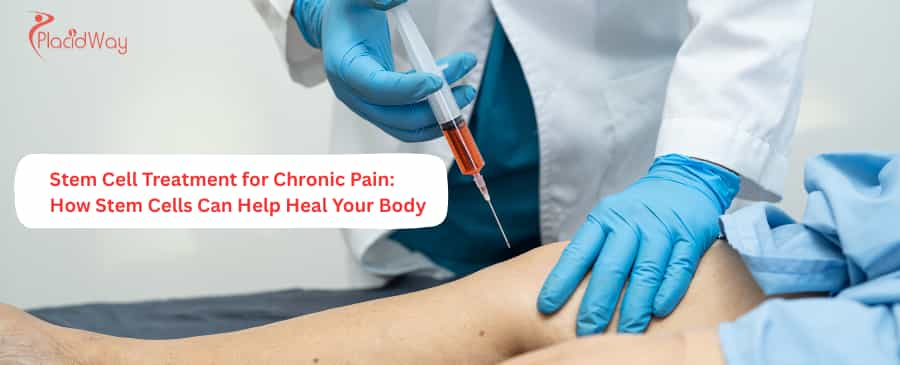

.png)


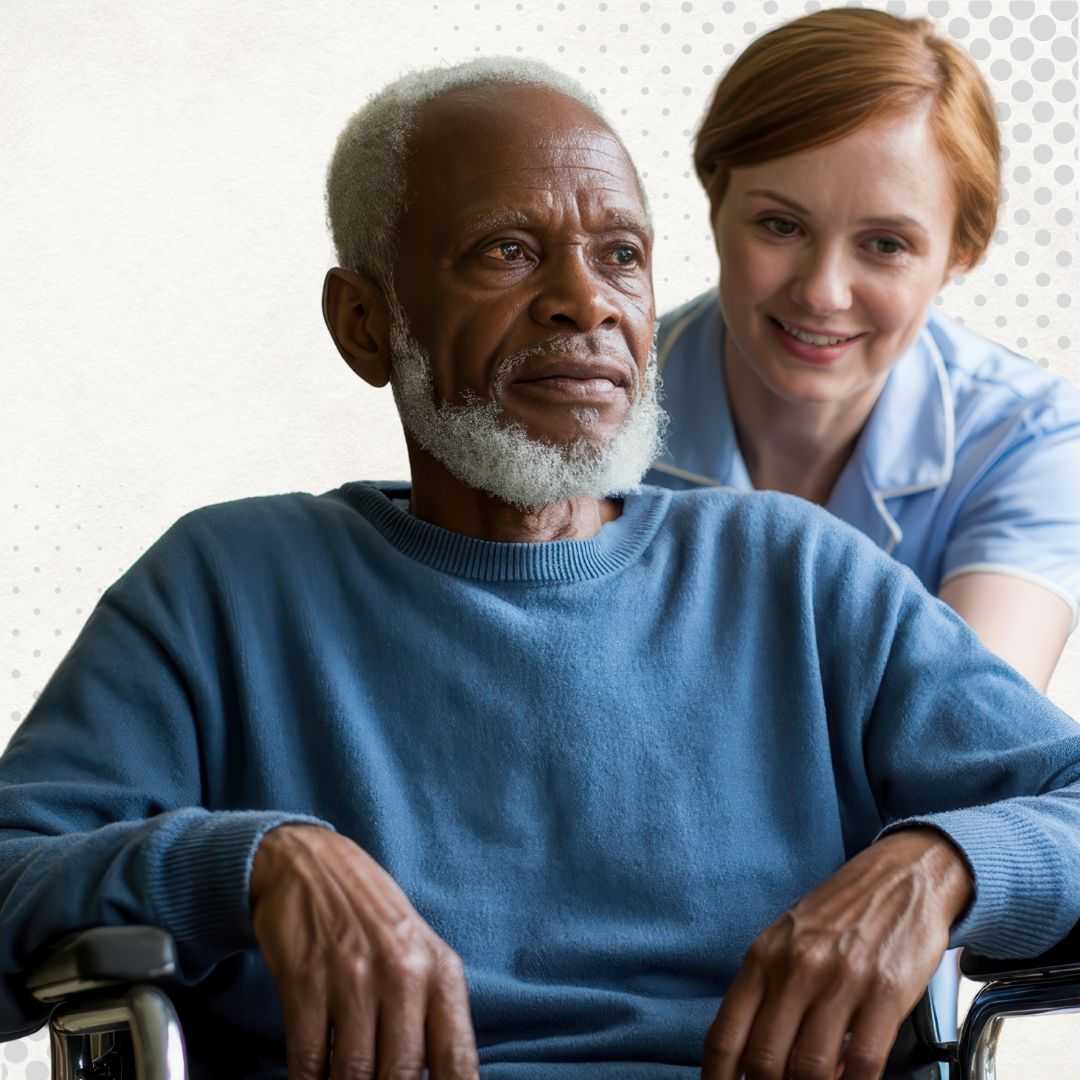

.png)
.png)
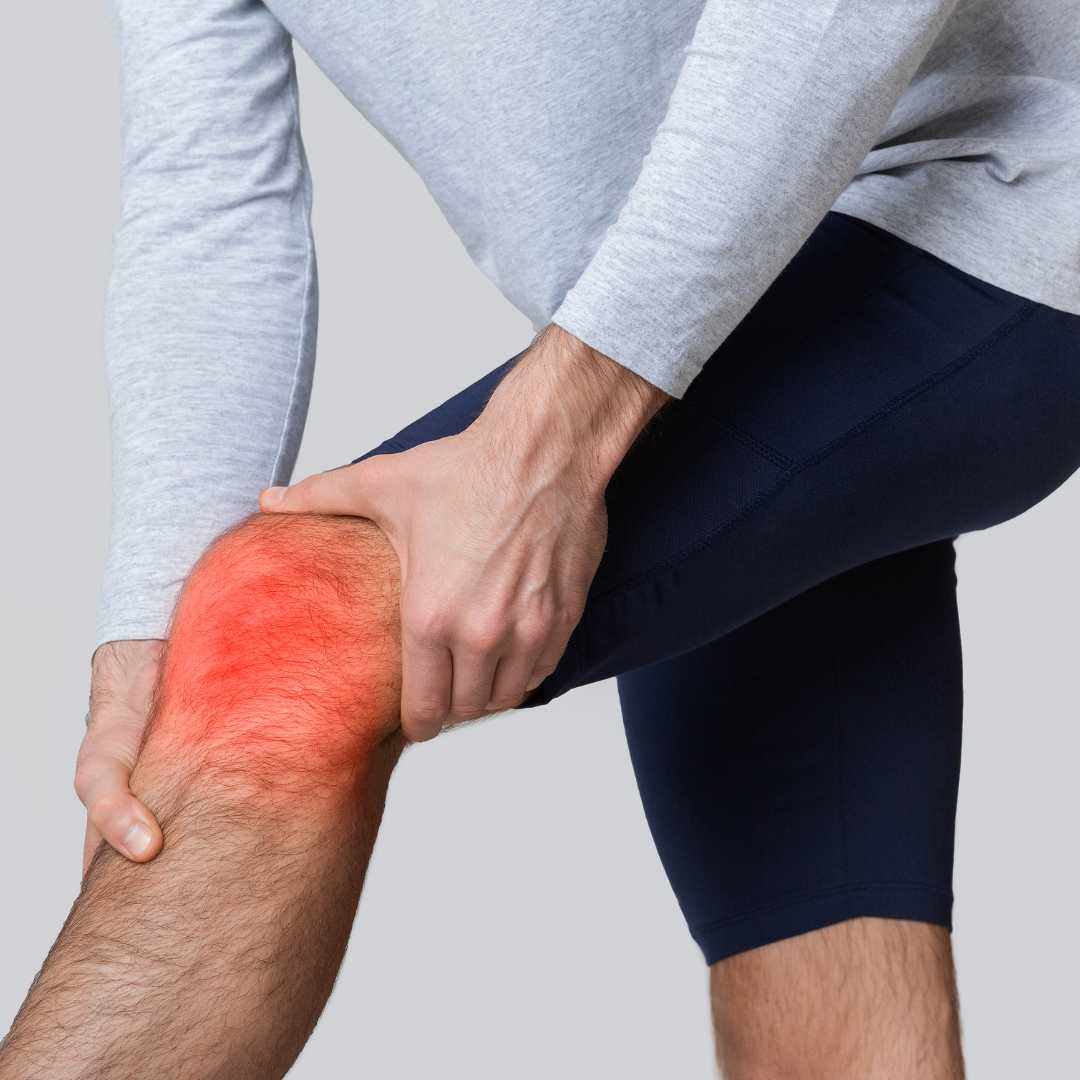

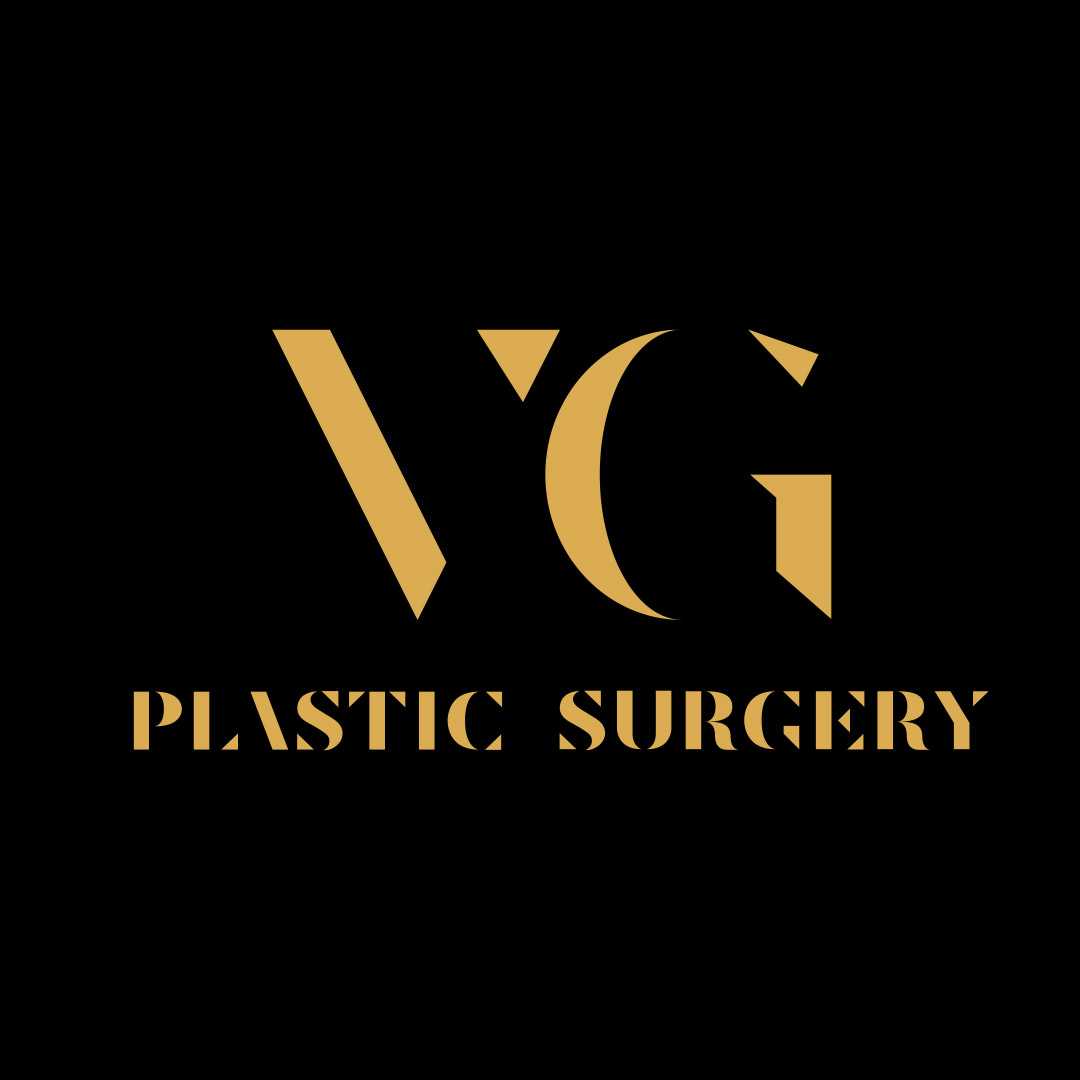

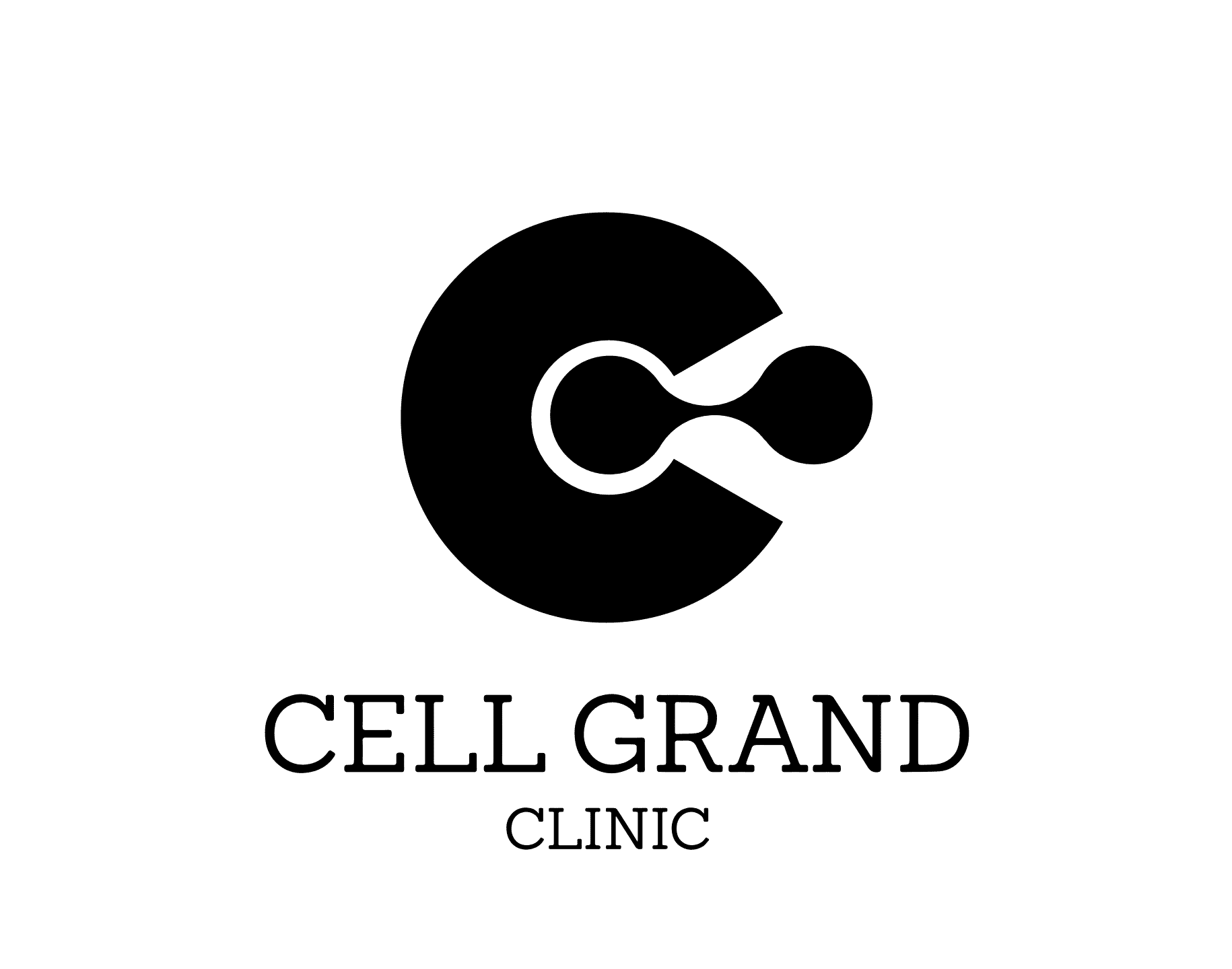
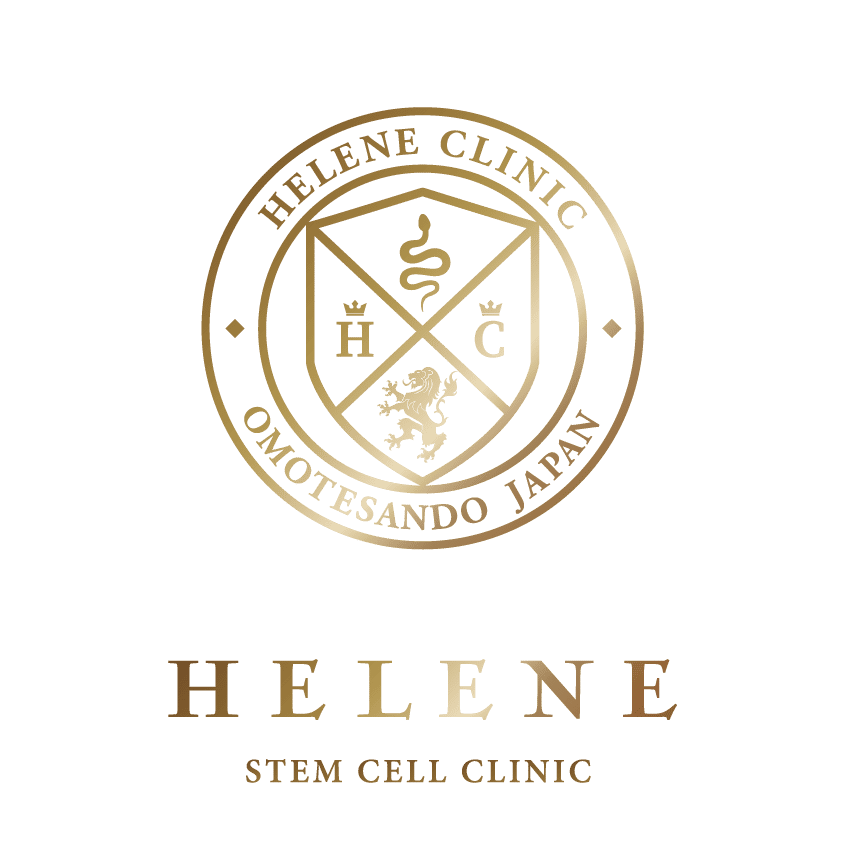

Share this listing